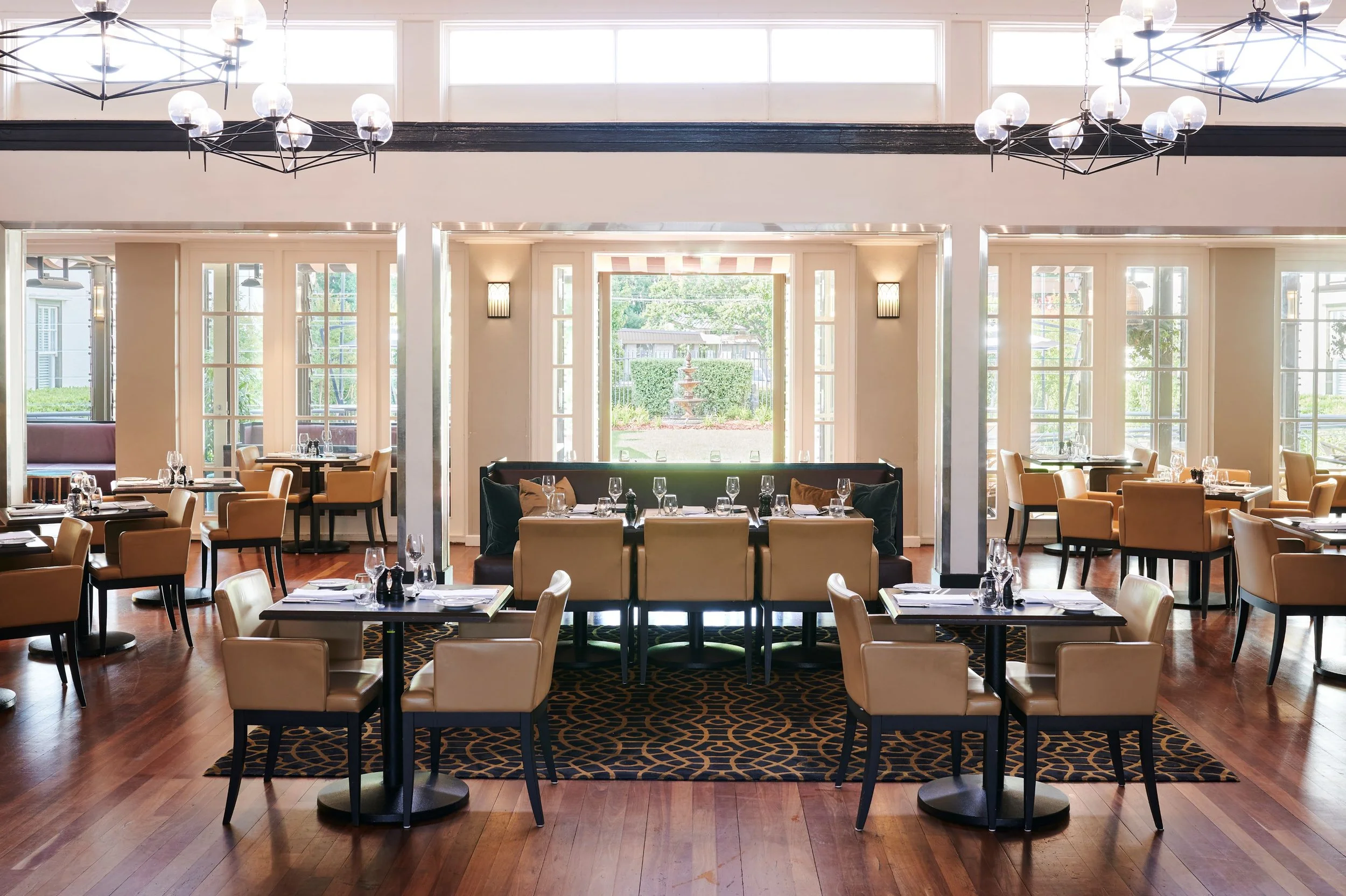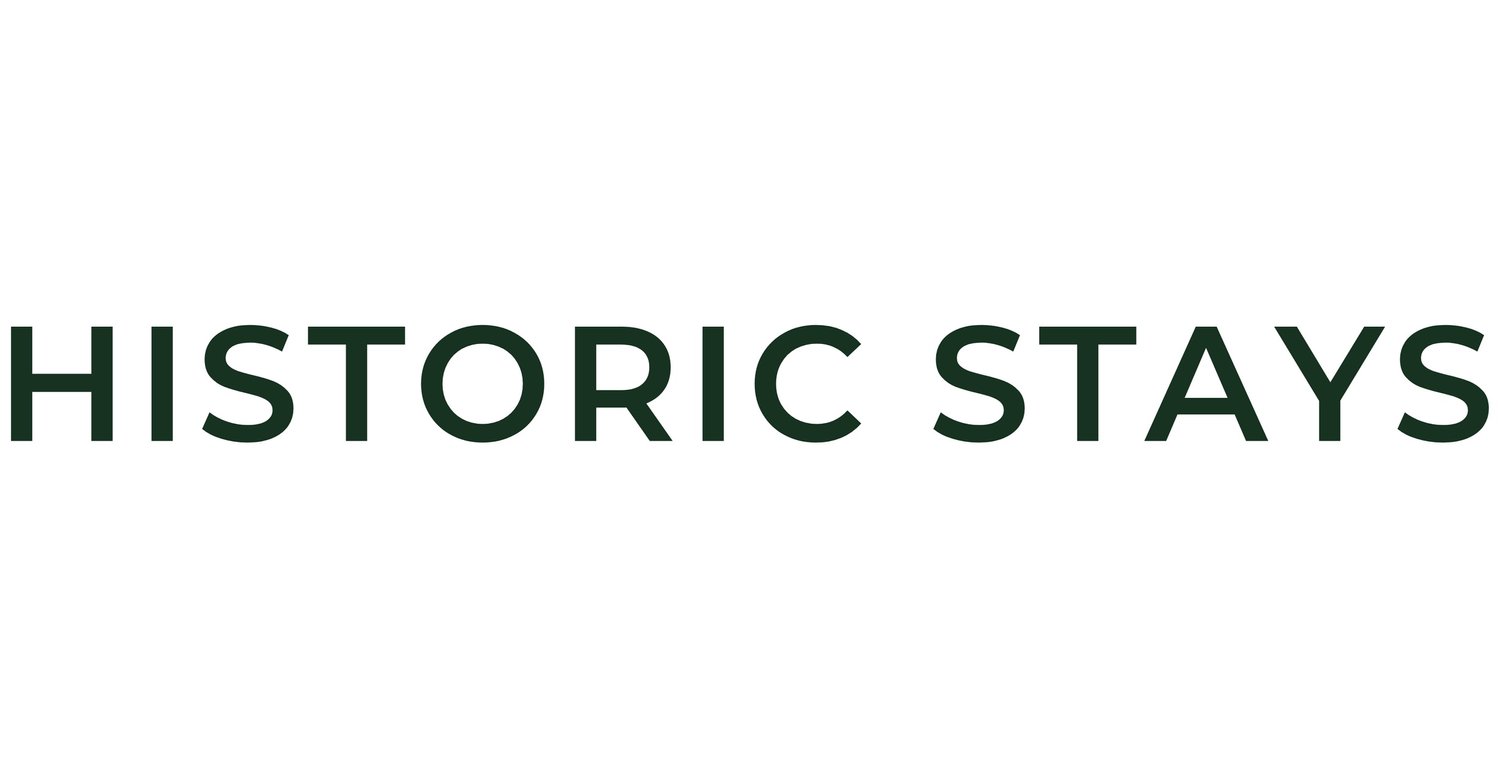Hotel Kurrajong, 1926
History
An iconic Canberra landmark, Hotel Kurrajong forms an integral part of our capital city’s history, opening in 1926 and designed by the Commonwealth’s Chief Architect, John Smith Murdoch - who also designed Old Parliament House. It was first built as accommodation for parliamentarians sitting at what is now Old Parliament House.
Prime Minister Ben Chifley lived at the hotel throughout his parliamentary career, including during his term as Prime Minister from 1945-1949, and until his death in 1951. Remembered for establishing the Snowy Mountains Hydro-Electric Scheme, Trans-Australian Airlines, and Australian National University, Chifley preferred the Kurrajong’s down-to-earth confines to The Lodge, enjoying the 700m walk each morning to Parliament House. Fittingly, the hotel have named his original room The Chifley Suite in his honour.
With the city’s political history held within its walls, the hotel’s team consider themselves the custodians of its heritage, sharing stories of the building’s early days during Chifley’s Walk, a guided tour provided exclusively for guests.
Today, the hotel embraces its 1920s Art Deco roots with a refined, yet glamorous, bespoke interior. High ceilings with decorative cornice work, rich timber joinery, and carved fireplace surrounds are complemented by a jewelled colour palette and Catherine Martin rugs and fabrics; while ambient lighting and smooth jazz music evokes the opulence of The Great Gatsby. The lounge is a tribute to the hotel’s heritage over the last century, where guests can read informative books and admire artwork and photos of Canberra’s leaders.













Accommodation
Modern conveniences blend seamlessly with Art Deco glamour. Hotel Kurrajong comprises of 147 recently refurbished guest rooms, overlooking the hotel’s picturesque terrace gardens. For history lovers, we recommend the Heritage wing, offering 26 rooms with Art Deco-inspired interiors - choose from four executive suites, four balcony rooms, and eight terrace rooms. Families are also welcome, with a Heritage Family Room consisting of two interconnecting rooms and two bathrooms, sleeping up to 4 guests.
All Heritage guest rooms have air conditioning, dedicated work space, Nespresso machine and pods, large Chromecast TV, docking station and USB charging point, and complimentary WiFi.
Hotel Kurrajong offers a range of exciting accommodation packages, including The Chifley Experience, with overnight accommodation in the The Chifley Suite, welcome whiskey upon arrival, breakfast for two, a Food & Beverage credit, and Chifley’s Walk guided tour.
The hotel’s restaurant, Chifley’s Bar & Grill, retains a sense of history with its warm, nostalgic interior, comfortable leather chairs, and glass terrace overlooking the hotel gardens. Named after Ben Chifley, he frequently dined here during his residency, also enjoying a tipple in the bar. And in honour of his favourite drink, the whisky bar has a specially curated menu, taking guests on a sensory journey of whiskies from around the world.
Chifley’s Bar & Grill pays homage to the region’s wineries and boutique food producers with a seasonal, modern menu. Dishes cooked on the grill are a speciality, and the menu also features pasta, risotto, a wide range of vegetarian options, share plates, and tempting desserts. Open for breakfast, lunch, and dinner, room service is also available.
And after a day’s sightseeing, return for pre-dinner drinks in the hotel’s gardens at sunset, where it’s happy hour Monday through Thursdays from 4-6pm.
“This is such a beautiful hotel. Quiet, comfortable, with so much history. The service was excellent, and dinner at Chifley’s Bar and Grill was brilliant. Great location - close to Parliament House, National Gallery, and Lake Burley Griffin, with amazing walks nearby. ”
Special Features
Heritage Listed
Restaurant & Bar
Family Suites
Established Gardens
Things To Do
Hotel Kurrajong holds many wonderful events during the year, including decadent high tea experiences, music in the gardens every Friday afternoon, and Christmas Day lunch. Canberra’s CBD is only a few minutes away by car. The Australian War Memorial is a remarkable historical experience and a must; as is the National Museum of Australia. Visit Blundell’s Cottage, one of the few stone buildings of its type to have survived intact in the ACT. Learn about the history of currency in Australia and the minting process at the Royal Australian Mint. And allow at least an afternoon to wander the National Gallery of Australia, showcasing a superb collection of Indigenous and non-Indigenous Australian artists.












